Buying Guide for the Best Vacuum Cleaners
Choosing the right vacuum cleaner can make a significant difference in maintaining a clean and healthy home. The best vacuum cleaner for you will depend on your specific needs, such as the type of flooring you have, whether you have pets, and any allergies or sensitivities to dust. Understanding the key specifications and features will help you make an informed decision and find the vacuum cleaner that best fits your lifestyle.Type of Vacuum CleanerThere are several types of vacuum cleaners, including upright, canister, stick, handheld, and robotic. Upright vacuums are great for deep cleaning carpets and large areas, while canister vacuums are versatile and good for hard floors and above-floor cleaning. Stick vacuums are lightweight and convenient for quick cleanups, handheld vacuums are perfect for small messes and tight spaces, and robotic vacuums offer automated cleaning with minimal effort. Consider your cleaning needs and preferences to choose the right type for you.
Suction PowerSuction power determines how effectively a vacuum cleaner can pick up dirt and debris. It is usually measured in watts or air watts. Higher suction power is important for deep cleaning carpets and removing pet hair, while lower suction power may be sufficient for hard floors and light cleaning tasks. If you have a mix of flooring types or pets, opt for a vacuum with adjustable suction settings to cater to different surfaces and cleaning needs.
Filtration SystemThe filtration system in a vacuum cleaner captures dust, allergens, and other particles, preventing them from being released back into the air. High-Efficiency Particulate Air (HEPA) filters are the gold standard, trapping 99.97% of particles as small as 0.3 microns. This is especially important for people with allergies or asthma. If air quality is a concern, look for vacuums with HEPA filters or other advanced filtration systems.
Bagged vs. BaglessVacuum cleaners can be either bagged or bagless. Bagged vacuums use disposable bags to collect dirt, which can be more hygienic and reduce exposure to dust when emptying. Bagless vacuums use a dustbin that needs to be emptied regularly, which can save money on bags but may require more maintenance. Consider your preference for convenience and maintenance when choosing between bagged and bagless models.
Weight and ManeuverabilityThe weight and maneuverability of a vacuum cleaner affect how easy it is to use, especially if you have a multi-story home or need to carry it up and down stairs. Lighter vacuums are easier to handle and store, while heavier models may offer more power and features. If ease of use is a priority, look for lightweight and ergonomically designed vacuums with swivel steering and easy-to-reach controls.
Attachments and AccessoriesAttachments and accessories enhance the versatility of a vacuum cleaner, allowing you to clean different surfaces and hard-to-reach areas. Common attachments include crevice tools, dusting brushes, upholstery tools, and pet hair tools. Consider the specific cleaning tasks you need to perform and choose a vacuum with the appropriate attachments to make your cleaning routine more efficient and effective.
Noise LevelThe noise level of a vacuum cleaner can be an important consideration, especially if you have young children, pets, or noise-sensitive individuals in your home. Noise levels are measured in decibels (dB), with lower numbers indicating quieter operation. If a quiet vacuum is important to you, look for models specifically designed to operate at lower noise levels, typically around 60-70 dB.
Corded vs. CordlessCorded vacuums offer continuous power and are ideal for long cleaning sessions, while cordless vacuums provide greater mobility and convenience, especially for quick cleanups and hard-to-reach areas. Cordless vacuums rely on battery life, so consider the runtime and charging time if you opt for a cordless model. Choose based on your cleaning habits and the size of the areas you need to clean.

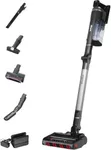



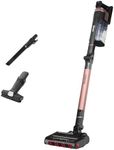
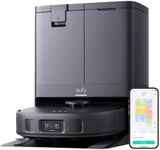
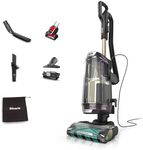
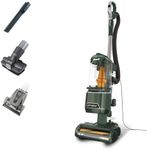


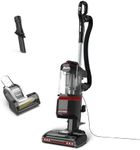
![Hoover HF6 Cordless Stick Vacuum Cleaner, Floor Sensor, Dual Way Clean, Up to 100 Min Runtime, Anti Hair Wrap, Double Edge Cleaning, Versatile, QuickPark, Portable, 660w [HF610H]](https://images-proxy.bestreviews.guide/QXyv3whIKrS2qIToJGUTyIB7MPA=/0x150/https://m.media-amazon.com/images/I/41N6y2SnWyL._AC_CX679_.jpg)
![Hoover HF1 Plus Pet Flexi Cordless Stick Vacuum Cleaner with Flexi Tube, Pet Hair Tool, Turbo Suction Mode, Up to 45min Runtime, LED Lights, Multi-Floor Nozzle, Handheld Capability, 165w [HF1PZ10PX]](https://images-proxy.bestreviews.guide/iONRYWNxHq3VqJK3E8zknlBWfOM=/0x150/https://m.media-amazon.com/images/I/412krr3XRDL._AC_CX679_.jpg)






